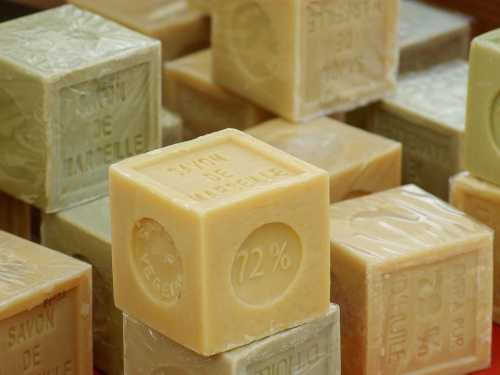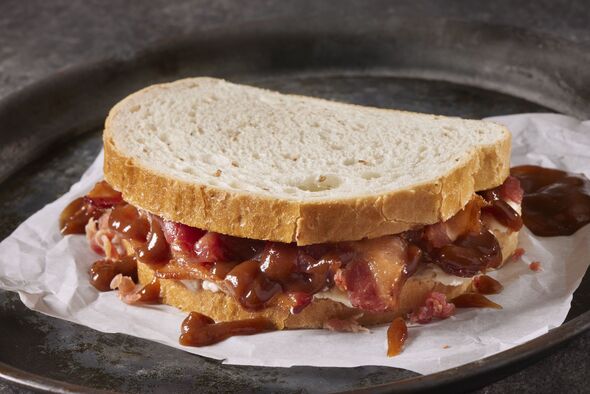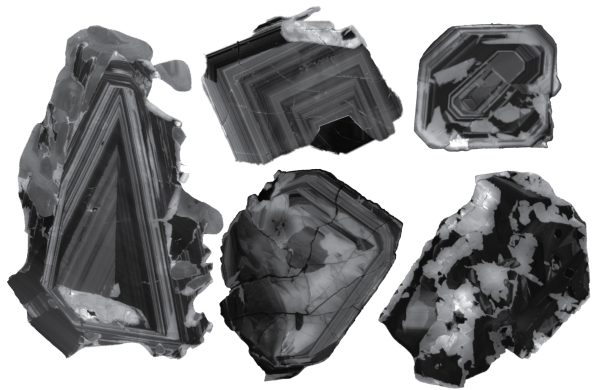
Have you ever wondered why soap has become an integral part of our lives?
Accidental discovery of antiquity
Housewives in ancient Egypt and Greece, who washed their clothes in rivers, quickly discovered that the easiest way to wash togas and tunics was in the water bodies near the places of sacrifice. Then, as is usually the case with accidental discoveries, someone tried boiling animal fat mixed with tree ashes until the moisture completely evaporated: and so the first soap was made, which was very similar to modern soap (with the exception of color and scent). Of course, neither the place of invention nor the name of the specific person who came up with it are known. The discovery probably occurred simultaneously in several ancient states.
Greek historians wrote that the Gallic tribes used “some product made from ashes and animal fat” to cleanse and give their beards and hair red hues.
Aleppo soap from Syria reached Europe with the Crusaders
In the East and Europe, soap from the Syrian city of Aleppo became popular: there this product was made from laurel and olive oil. The Crusaders, who brought “soap souvenirs” and new useful habits from their campaigns, taught their fellow citizens to cleanliness in a couple of centuries. Before that, bath procedures were not very frequent, but not because of the “wild” customs of Europeans (they were quite cultured citizens), but because the Grand Inquisition strictly ensured that the sinful body was not once again paid attention to.
Marseille soap: ash, olive oil and sea water
The inhabitants of the glorious city of Marseille, having learned about the technology for producing Aleppo soap (it was extremely expensive), came to the logical conclusion that they could make it themselves, since they had plenty of olive oil and plants that burned wonderfully, leaving behind clean ash.
Already in the 12th century, the people of Marseilles established their own soap-making, discovering at the same time that the seawater in the composition improved the quality of the product (due to the salt content). Four centuries later, Marseille soap began to be supplied to neighboring countries by the ton: seven factories worked for the bath and laundry needs of Europe, tirelessly producing wonderful green soap (at that time it was sold in bars of 5 or 20 kilograms).
Soapmakers in England were forbidden to reveal the secrets of soapmaking under pain of execution.
In other countries, too, they did not sit idly by: local craftsmen, although without the use of olive oil, learned to make their own soap. It did not foam so well, but it coped with its tasks of washing and washing. Particularly successful recipes were kept in the strictest secrecy: for example, soapmakers in England were not even allowed to sleep under the same roof with foreigners, so as not to accidentally utter the secrets of British soap in their sleep.
Complete ban on the use of animal fats in Marseille soap
In 1688, the French authorities, by special decree, banned the use of animal fats in the production of Marseille soap, which began to be used in order to reduce the rather high price, accessible only to the nobility and the rich.
However, Louis XIV, who personally supervised the production, did not care about the cost (soap was already being sold out so well). Perhaps the “Sun King” wanted the quality to remain consistently high. In any case, the royal decree stated that only soap made in a strictly defined area and only according to ancient recipes using olive oil could be called “Marseille”.
It was difficult to compete with soapmakers from Paris and London (no one forbade them to make soap using animal fat), so the Marseillesites had to look for other ways to make production cheaper: already in the 1820s, palm and coconut oils began to be brought from the French colonies, which easily replaced the expensive olive oil and remained in the classic version of the Marseille soap recipe. It did not deteriorate over the years, but only got better with aging, like good cheese or wine.
In Russia, lye made from water and ash was often used instead of soap.
Although people were quite good at the “potash craft” (entire villages were engaged in soap production, using both vegetable oils and animal fat), only wealthy townspeople could afford to wash with soap. Everyone else, until the end of the 19th century, had to use ash and water (i.e. lye) for washing and washing, and lightly boiled potatoes and starch also cleaned their skin well, and they washed their hair with black bread, eggs, and herbal decoctions.
When the Bolsheviks set out to improve hygiene and provide the population with affordable detergents, they decided not to tinker with the soap formula, but to take a proven French recipe. Only if the Marseilles insisted on using exclusively plant-based ingredients, Soviet soapmakers did not disdain animal fats. The matter went quite briskly, so after World War II every Soviet citizen could afford to wash with soap.
The popularity of laundry soap: there was simply nothing else
The nationwide and widespread love for brown laundry soap with a characteristic smell is explained very simply: powders appeared closer to the 1970s, but they were very difficult to find in Soviet stores, and soap cost a penny, was sold everywhere, and it perfectly washed floors and dishes, hair and body, underwear and everything in general.
That's probably when the myths that laundry soap cleans the skin and hair better than any shampoos (so that it's not so bad that there's simply nothing else) were born. If you think so too, keep in mind that laundry soap, although it has good antiseptic properties, is actually very alkaline, so it destroys the natural pH balance of the skin, so it's still better to buy a modern, high-quality shampoo for washing your hair.
You shouldn't rinse your nose or throat with soapy water (as was customary in Soviet times): nowadays there are proven and safe ways to get rid of a runny nose or inflammation in the nasopharynx. The main thing is to always carefully read the instructions and use any medication strictly as directed.
Well, soap can still be used to wash clothes (if you want) and mop the floor. It's still good at that!
The formula of Soviet laundry soap
In this story, it is this formula that is of particular interest. On dark brown bars, even today, you can see the numbers: 72, 69 or 64. This is the percentage of fatty acids contained in the soap. The higher the number, the higher the quality of the product and the better it is suitable for household and household needs.
Laundry soap nowadays
Now on the shelves of stores you can find an incredible variety of laundry soap: liquid, solid, in shavings for washing, with the addition of aromatic oils, with softeners. In terms of its qualities, it is in no way inferior to its famous Soviet predecessor, but it is more convenient and pleasant to use. For example, some stains from clothes or bed linen really come off if you rub them with laundry soap.





